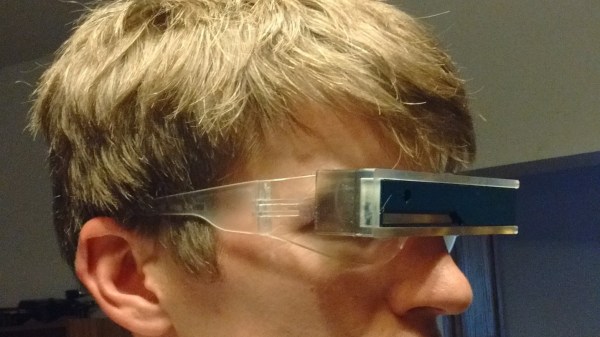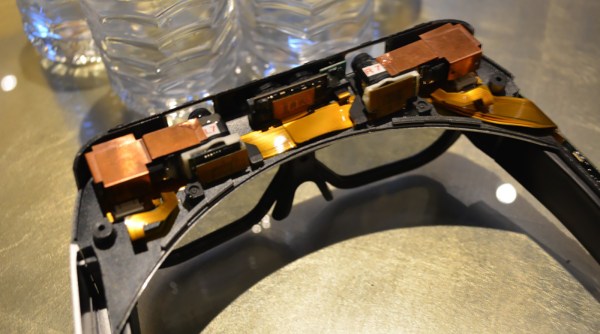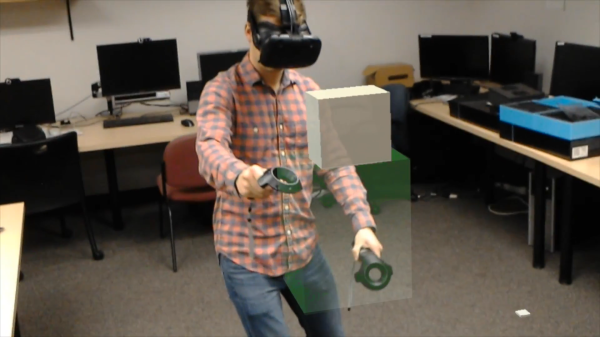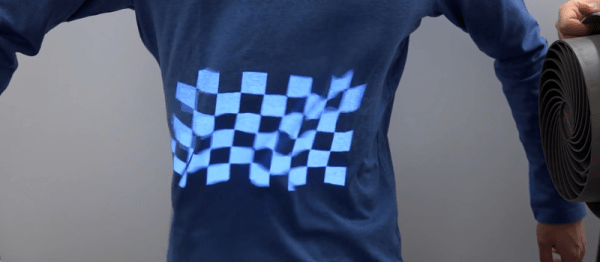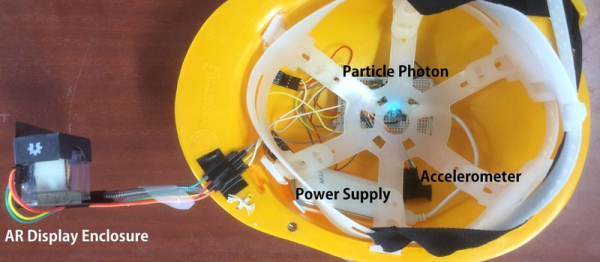The future is VR, or at least that’s what it was two years ago. Until then, there’s still plenty of time to experiment with virtual worlds, the Metaverse, and other high-concept sci-fi tropes from the 80s and 90s. Interactive telepresence is what the Black Mirror Project is all about. Their plan is to create interactive software based on JanusVR platform for creating immersive VR experiences.
The Black Mirror project makes use of the glTF runtime 3D asset delivery to create an environment ranging from simple telepresence to the mind-bending realities the team unabashedly compares to [Neal Stephenson]’s Metaverse.
For their hardware implementation, the team is looking at UDOO X86 single-board computers, with SSDs for data storage as well as a bevy of sensors — gesture, light, accelerometer, magnetometer — supplying the computer with data. There’s an Intel RealSense camera in the build, and the display is unlike any other VR setup we’ve seen before. It’s a tensor display with multiple projection planes and variable backlighting that has a greater depth of field and wider field of view than almost any other display.






